How to Grow Lush, Colorful Gerbera Daisies All Year Long
Gerbera is a herbaceous plant native to Africa, typically growing to a height of about 30-40 cm. The plant has numerous short, spoon-shaped, rounded leaves with long petioles that grow straight from the base. The leaves are dark green on the top, lighter underneath, and covered with a fine white fuzz. The leaf blade has wavy edges, and the veins are prominent, especially the central one, forming a noticeable fishbone pattern.

Gerbera is classified into four types: single flowers, semi-double flowers, double flowers, and spider flowers. In warm climates, Gerbera is often grown as a perennial, blooming year after year. In contrast, in colder regions, it is treated as an annual plant, replanted each spring after the risk of frost has passed.
This flower grows at a moderate pace, producing its first blooms in 14 to 18 weeks and continuing to flower throughout the summer, adding vibrant and lively colors to any space.
Types of Gerbera Daisies
- Terracotta: A double Gerbera variety with golden petals, tinged with peach, surrounding a dark red center.
- Winter Queen: A stunning Gerbera daisy with pure white petals and a striking black center, creating a captivating contrast.
- Giant Spinner: A double Gerbera with two layers of outer petals and two layers of inner petals that artistically cover the flower's central disk.

Gerbera Cultivation and Care Techniques
1. Ecological Requirements for Gerbera
- Temperature: The Gerbera varieties grown today thrive in temperatures ranging from 15-25°C. However, some types can tolerate higher temperatures and are suitable for tropical climates with temperatures between 30-34°C. Gerbera plants struggle to grow well and produce poor-quality flowers at temperatures below 12°C or above 35°C.
- Humidity: Gerbera is a shallow-rooted plant, but it has poor drought tolerance and cannot withstand waterlogging. The ideal soil moisture is 60-70%, and air humidity of 55-65% is favorable for Gerbera growth. Throughout its growth cycle, it's essential to provide adequate water depending on the weather conditions.
- Light: Gerbera requires moderate light intensity, making it suitable for cultivation in greenhouses or under shade nets.
- Soil: While Gerbera is not particularly demanding regarding soil, for optimal growth, it should be cultivated in loose, well-draining, and aerated soil rich in organic matter. Sandy loam with a pH of 6-6.5 is ideal for Gerbera plants to thrive.
2. Gerbera Cultivation Techniques
2.1 Seedlings
Choose tissue-cultured seedlings with high uniformity and disease-free plants, as they tend to live longer than divided plants. The Gerbera varieties currently grown are mostly newly imported varieties. In Da Lat, these are divided into two main groups: Dutch varieties and Korean varieties. Dutch varieties are more popular due to their large flowers, standard flower stem height, beautiful and diverse colors, and higher selling prices.
2.2 Soil Preparation
The soil should be thoroughly plowed and cleared of weeds and any remnants from previous crops. Lime should be applied at a rate of 200 kg per 1,000 square meters, and the soil should be treated 15-20 days before planting seedlings.
Bed preparation: Create beds that are 1.3 meters wide (including furrows) and 25-30 cm high. Each bed can accommodate either 2 or 3 rows of plants, planted in a zigzag pattern.
2.3 Fertilization (for 1,000 square meters)
The recommended amount of pure NPK fertilizer for Gerbera plants is in the ratio of 20:10:10.
Base fertilization: Apply 8 cubic meters of manure and 100 kg of phosphate, spread evenly and plow into the soil to mix the fertilizer thoroughly.
Topdressing:
- First application (15 days after planting): 5 kg DAP + 10 kg urea.
- Second application (30 days after planting): 10 kg urea.
- Third application (50 days after planting): 10 kg urea + 5 kg potassium.
- Fourth application (70 days after planting): 5 kg urea + 5 kg potassium.
Regular fertilization during the flowering stage: Gerbera plants have a harvest cycle of 2-3 years, so additional fertilizers need to be applied regularly. In addition to chemical fertilizers, organic manure or earthworm compost should be added every 6 months at a rate of 3 cubic meters combined with soil dressing around the base.
Monthly fertilization: Apply 5 kg NPK + 5 kg potassium or 50 kg of Dynamic Life fertilizer per month. Also, supplement with micronutrient fertilizers and foliar sprays to provide additional nutrients.
2.4 Planting Techniques
For three-row planting, maintain a plant spacing of 35-40 cm. For two-row planting, keep a plant spacing of 30-35 cm. When planting Gerbera, ensure the root collar is level with the soil surface. After planting, water the plants thoroughly.
2.5 Care
Watering: Use drip irrigation or spray watering methods. Ensure the water is clean and free from disease-causing agents. Gerbera does not like excessive moisture, so water every 2-3 days.
Leaf Pruning: To encourage healthy growth, regularly remove old, yellow, diseased leaves. Pruning helps increase air circulation and prevents pests and diseases.
Pest and Disease Control: Common pests on Gerbera include cutworms that damage young plants, green caterpillars that eat stems, leaves, and flowers, as well as aphids, spider mites, and leafhoppers. The plant is also susceptible to diseases such as downy mildew, leaf spot, and wilt. Preventative measures include:
- Cleaning the field and removing weeds to eliminate host plants for pests and diseases. Collect and dispose of old or diseased leaves.
- Balanced fertilization with N, P, K. During the rainy season, increase potassium application.
- Crop rotation.
- Use chemical treatments to control pests and diseases when necessary.
For caterpillars and cutworms: Treat the soil before planting seedlings. Spray pesticides like Regent, Sumithion EC, Lannate, Supracide 40ND, Polytrin P 440 EC, and Ofatox 440 EC, following the instructions on the label. Apply in the late afternoon.
For spider mites: Use Nissorun 5EC, Comite 73EC, or Sirbon 5EC to spray against mites, following label instructions.
Diseases tend to appear during weather changes or when humidity is high, such as during frequent rain. Use fungicides like BenlatC, Ridomil MZ, Kocide 61.4D, Cantop-M 43SC, Score 250EC, Champion, or Anvil for prevention and control.
2.6 Harvesting
The timing of flower harvesting greatly affects the vase life of Gerbera flowers. The best time to harvest is when the flower stem stands straight, and the outer petals are fully open. Harvest in the early morning or late afternoon. Gently twist the flower stem at the base to break it at the point where it meets the plant. Place the flowers in a bucket of clean water or a nutrient solution to allow them to absorb water and maintain their freshness. Gerbera flowers are typically harvested once a week, and it's recommended to water the plants thoroughly the day before harvesting.
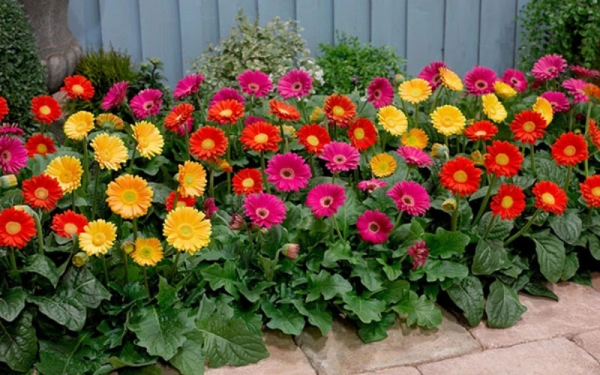
Frequently Asked Questions About Gerbera
1. Can Gerbera daisies be grown indoors?
Although Gerbera daisies can be grown from seeds indoors, they thrive better outdoors where they can receive more sunlight and nutrient-rich soil. Sometimes they are gifted in pots, but they do not stay fresh or rebloom as well in indoor environments.
2. Are Gerbera daisies easy to grow?
Gerbera daisies are relatively easy to grow outdoors. However, paying attention to watering, sunlight, and soil conditions will help them thrive.
3. What’s the difference between Gerbera daisies and Shasta daisies?
Shasta daisies are hybrids from Europe and Japan. While they look similar to Gerbera daisies, they bloom earlier and require less care.
Tags: Indoor Ornamental Plants | Outdoor Ornamental Plants | Bonsai Plants | Aquatic Ornamental Plants | Miniature Ornamental Plants |











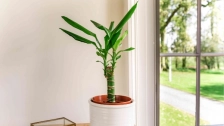
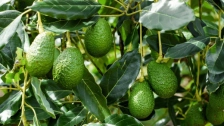
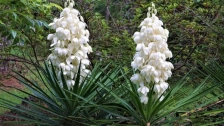





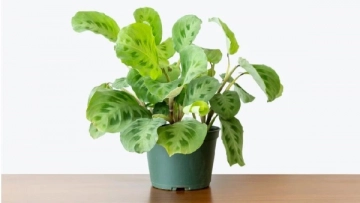

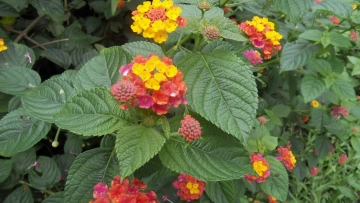
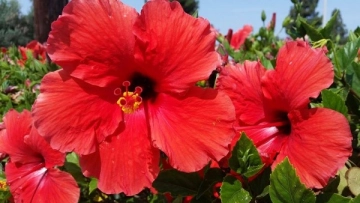
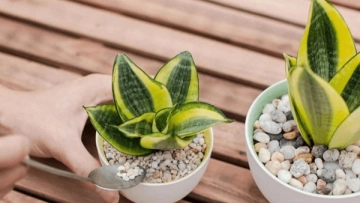
LEAVE A REPLY
Your email address will not be published. Required fields are marked *